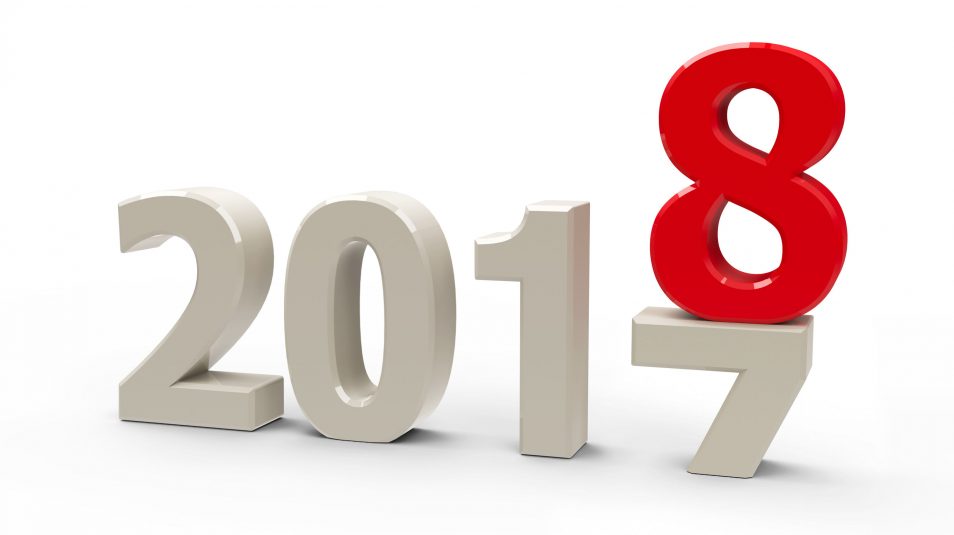Inspired to Have a Great 2018? Rediscover Your Intentions First

Inspiration
December 22, 2017
Scott Mautz
Keynote Speaker, Author, & CEO of Profound Performance
Topics
Authentic, Change, Growth, Inspiration, Values, VisionIt’s the time when we reflect on what has gone well in the past year and look ahead to what’s next. There’s a sense of optimism and joy in the air (I recognize that for some of you the optimism relates to when your visiting relatives are returning home).
When your optimism is at its peak, it’s time to act on that inspiration. But how do we use inspiration, and further, how do we lose it? For my recent book, I researched the characteristics of inspiration and found helpful through-lines to understand how inspiration and the person inspired interact. In the process, I uncovered three characteristics that define the anatomy of our inspiration and the key to rediscovering our intentions that drive it.
The Anatomy of Inspiration
Inspiration can be evoked.
A CEO’s keynote address can inspire you to work harder than ever and to find a new way to get your company’s products in more hands. The beauty of a sunset might inspire you to propose marriage, or maybe just to buy someone a beer. These examples are inspiration---evoked.
Inspiration can come from within.
Inspiration can also come from within, when we become aware of better possibilities or when new insights and ideas are revealed. It reorients us to something more imperative than our usual focus. When a new challenge excites you or an innovative idea moves you, these are internal inspirations. While they can certainly inspire you to action, they often seem elusive. Does that sound like something you can replicate every Monday morning at the team meeting? Probably not.
Either type of inspiration can compel us to act.
Inspirations can compel us to act. We are inspired to work with conviction, joy, energy, excitement, control, and pride. We are inspired to connect and create with vigor. This phase--what we decide to do with our inspiration--is the most important component in the anatomy of inspiration. Yet it also comes with pitfalls. What if you’re ready to act, but it’s repressed by a naysay manager or a soul-crushing company culture?
The three core elements of inspiration are inherently passive, elusive or repressed. This is why asking yourself, “what inspires me?” isn’t enough. Instead ask, “How did I lose my inspiration in the first place?”
When we closely analyze how we tend to lose inspiration, we can find and fix our inspiration-killers by understanding and recasting our intentions.
Rediscover your inspiration by uncovering--and recasting--your intentions.
Rediscover your intention.
Your intention is the why behind how you act. Rediscovering your intention means first asking yourself, “Why do I do what I do?” and, “What things do I no longer do, and why?” Understanding your intention is the key to regaining inspiration for your everyday work. How did you lose your inspiration? What originally inspired you, and why does it no longer inspire? What are the obstacles?
Set a new, positive intention for your work.
After you dig deep into the why of what you do and what’s holding you back, it’s time to set a new intention. The key to setting a positive intention is to focus on doing, not avoiding. Are you afraid of changing from database administration to IT because you haven’t worked in hardware for a few years? Set a new overall intention to break through the fear.
Set a new daily intention for your work.
In yoga class, the instructor often asks students to set an intention for each class (so I hear, I can barely reach my fingertips to my knees). What they’re asking students to do is to set a purpose for the class. Is it to gain flexibility or reduce stress? It’s personal, so it can be whatever you choose. You just need to have one.
Approach your work like you’re going to yoga class. Set a purpose for every day that is productive, attainable, and that fits in with your larger intention. Maybe your daily intention is, “I’m going to tackle all of my unread emails” or “I’m going to work in 45-minute segments with short breaks.”







